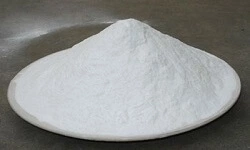Soya Lecithin (Food 62%) - India
|
IUPAC Name |
: 1,2-Diacyl-sn-glycero-3-phosphocholine |
|
Cas Number |
: 8002-43-5 |
|
HS Code |
: 2923.20.10 |
|
Formula |
: C44H86NO8P |
Basic Information
|
Appearance Name |
: Brown Viscous Liquid |
|
Common Names |
: Soybean Lecithin, Soya Lecithin |
|
Packaging |
: 24 MT/ISO Tank 20ft |

---thailand.webp)


---brazil.webp)
